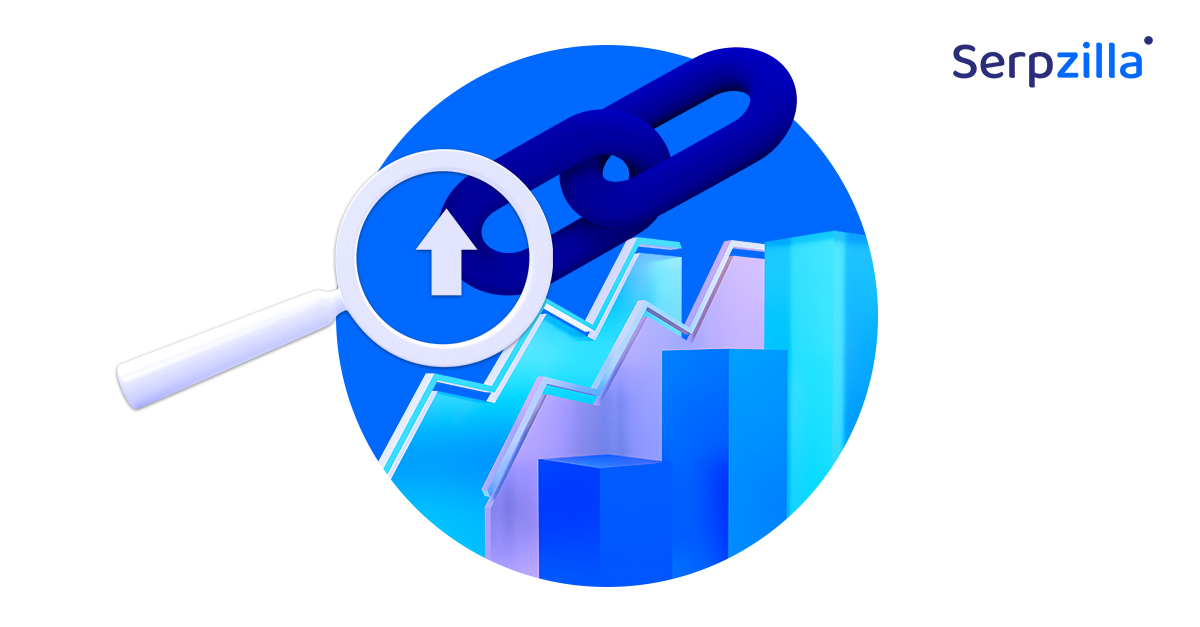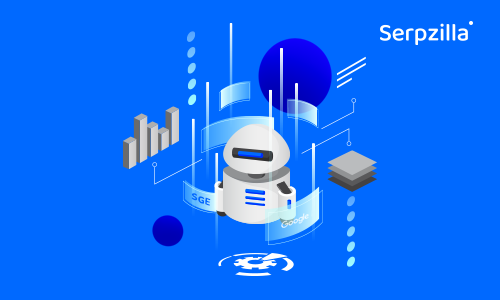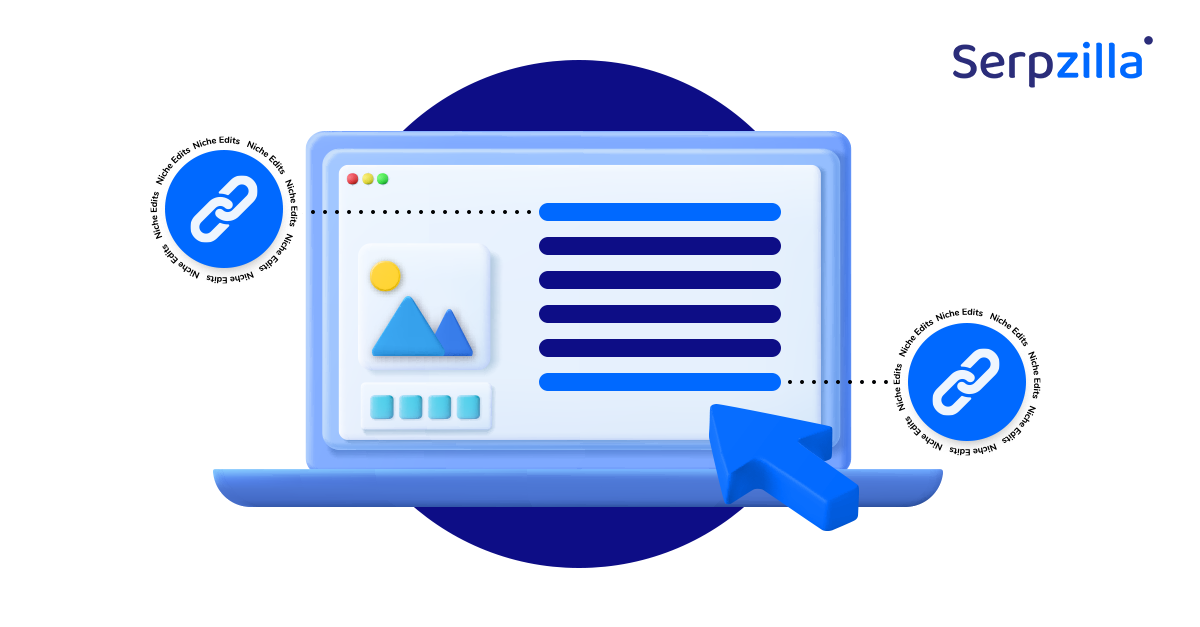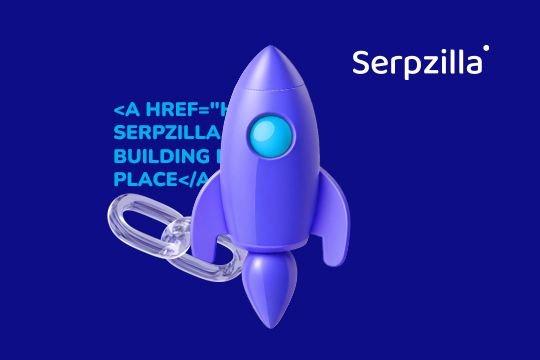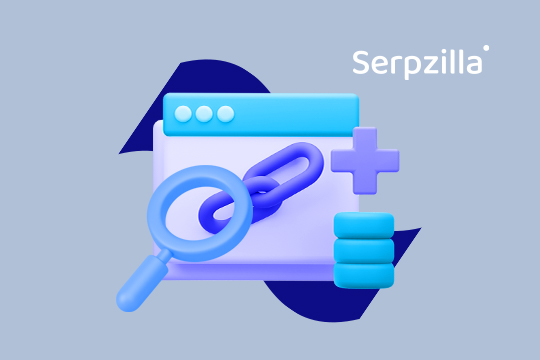What do businesses aim for when they run SEO campaigns? Rankings? Visitors?
No. Ultimately, the goal of every business is to sell more. However, in the journey from organic traffic to sales, there is a critical intermediary: leads.
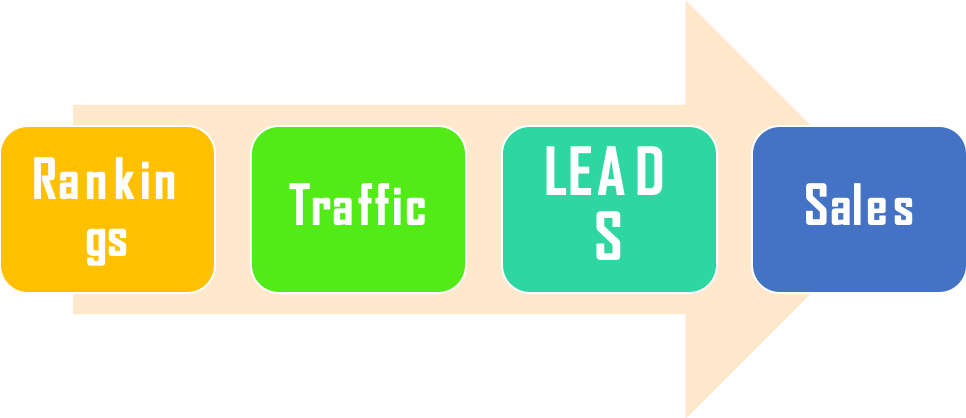
Many SEOs and digital marketers think that their job is done when they get their clients’ sites to rank or bring in organic traffic. Nothing could be further from the truth. Until you make sure that this traffic is “qualified” – or that your client can actually SELL to them, there is no point in getting those visitors. Eventually, your client will be disappointed with SEO and stop working with you after a few months if they don’t see any ROI.
But the fact is, SEO makes the biggest impact in lead generation out of all other digital marketing channels. About half of all leads across businesses are generated by SEO. This is more than PPC and social media combined.

Image source: seoreseller.com
If you understand the importance of converting visitors to customers, you must manage clients’ expectations from SEO and agree on KPIs right at the outset. You must also ensure that the client has a lead nurturing process in place to qualify visitors from Google and take them through their sales funnel. Eventually, relevant and useful content at the right times is what will convert these visitors.
For most B2B companies, conversion rates from lead to customer are the biggest stumbling block in the entire sales cycle, as a report from Ascend2 found.
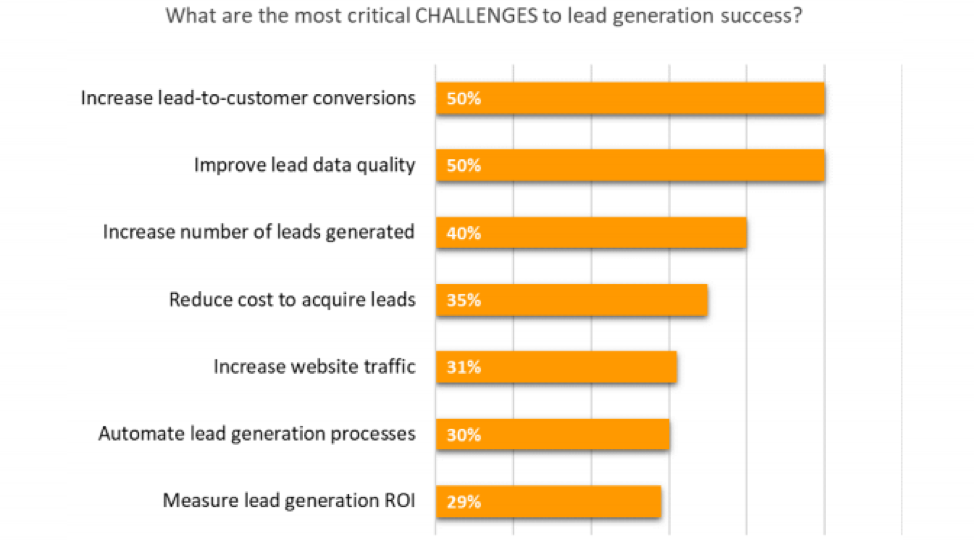
Image source: ascend2.com
Let us examine 3 critical actions all websites must take after they qualify a visitor from organic search as a lead.
1. Know Your Leads
If you’re like most B2B marketers out there, your website – and the SEO you do on it – is likely your biggest way of attracting leads and prospects. You match your customers’ search intent, create some fabulous content and it’s bringing traffic to your website by the droves. So far, so good.
But hey, you’re not in the business of simply growing website traffic, right? In place of anonymous “traffic” to your site, what you really need are leads. You want to know WHO these people are. Are they worth your time and attention? Should you be targeting them to move them along to the next step of the funnel? How much might they be worth to your company?
Start by collecting basic demographic and contact information about your visitors, such as their names, the company they work for, where they’re located, email, phone numbers, social handles, and so on. Then try and chart their behavioral journey on your website to understand where they are and where they’re going within your marketing funnel.
Marketers can automate this whole process by using a good lead tracking tool that helps answer contextual questions about leads and prevent you from wasting your time on non-productive ones. Leadfeeder is one such solution – it uncovers a wealth of information on visitors, including the source of each lead, what pages they visited, what they clicked on or downloaded, and other clues that help paint a complete picture of your visitors, even if they don’t opt in via an online form. It also helps you segment high-value and low-value visitors and sort them by location or industry.
2. Score and Target Your Most Valuable Leads
Let’s say you sell an email marketing solution. The amount of time that you and your team would take to find and close a sale would typically be similar no matter how big or small the client. However, a large client that sends millions of customer emails a month would likely have significantly more revenue value to you than one from a small business that probably sends out just a few thousand emails a month.
Which client would you want to actively chase? The one that promises higher revenues? Maybe, but not necessarily. There are a wide variety of factors that make a lead valuable.
From revenue potential to the likelihood of conversion, each factor plays a huge role in deciding how to assign your sales and marketing resources for the most positive outcomes. Welcome to lead scoring.
In simple words, lead scoring is a process of assigning scores to the leads that come into your marketing funnel, so you can prioritize which ones to pursue.
Scores are assigned to leads based on two basic types of attributes – qualifying demographic and behavioral.
Some qualifying demographic attributes include
- Industry
- Location
- Job Title
- Company Revenue
- Technology Used
- Estimated Budgets
- Stated Level of Readiness to Buy
Each attribute will have its own scoring scale from 1 to 10, to indicate the value of the lead that’s come in. For example, for “Job Title,” an “Intern” might have a score of 1 while a “Vice President” might have a score of 8. Set your scales for each attribute before you embark on your lead scoring journey.
| Demographic Attributes | Lead #1 | Lead #2 | Lead #3 |
| Industry | 3 | 9 | 7 |
| Location | 5 | 3 | 5 |
| Job Title | 2 | 7 | 5 |
| Company Revenue | 8 | 8 | 8 |
| Technology Used | 8 | 6 | 8 |
| Estimated Budgets | 7 | 5 | 7 |
| Stated Level of Readiness to Buy | 7 | 5 | 7 |
| Score | 40 | 43 | 47 |
Typically, demographic attributes are used as qualifiers to see if a lead needs to be followed up or nurtured. Once a lead clears the first hurdle of demographic qualifiers, it is scored based on its behavioral attributes.
Important behavioral attributes to consider in your lead scoring model could include
- Pages visited
- Time spent per page
- Links clicked
- Resources downloaded
- Email engagement
- Social engagement
You could get detailed information on most of the on-site metrics described here by configuring events in Google Analytics.
On a scale of 1 to 10, assign scores to each behavioral attribute based on the likelihood of that attribute in influencing a conversion. Here, opening email once might get 1 point and clicking on email more than 3 times would probably get 6 points or higher.
Once you arrive at an overall score for each lead, bucket the leads that cross your minimum score threshold as Marketing Qualified Leads (MQLs).
These are the leads that will move forward in your lead nurturing process, while the rest remain in the overall pool of leads undergoing nurture processing until they take appropriate actions (accumulate enough behavioral scores) to make the cut and move into the MQL bucket.
3. Optimize Your Targeting and Landing Pages
As consumers, we are used to seeing emails from Amazon, Target, eBay and other such B2C retailers that are hyper-personalized. Typically, there will be abandoned cart emails, item back in stock emails and more, all based on actions that you’ve taken on the brand’s website or even in their stores.
In the B2B world, this degree of personalization is almost unheard of. This is primarily because the nature of interactions that B2C buyers have with a business is very different from their interaction with B2B ones. In the former case, the browse to buy cycle is relatively short, unlike a typical B2B transaction where sales cycles are long and complex.
More importantly, in B2B marketing, the person you’re trying to influence is sometimes not the end user or even the decision maker. This makes the entire process of attempting to personalize communication even more difficult.
However, there still are plenty of ways to paint a story for your potential customer using the little nuggets of information that you’ve gathered so far. By now, for every MQL or even customer segment, you probably have quite a few behavioral data points. This is plenty to serve as a jumping off point to optimize your landing pages, as Dhwanil Khandwala describes in another post on the Serpzilla blog.
Further, you can leverage dynamic content customized to your lead to increase the relevance of your business in their eyes. Enterprise software giant Citrix does this with their personalized homepages based on industry type. Here’s how their homepage looks when targeted at visitors working in healthcare industry:

And here’s the version of their homepage targeted at visitors from the education industry:
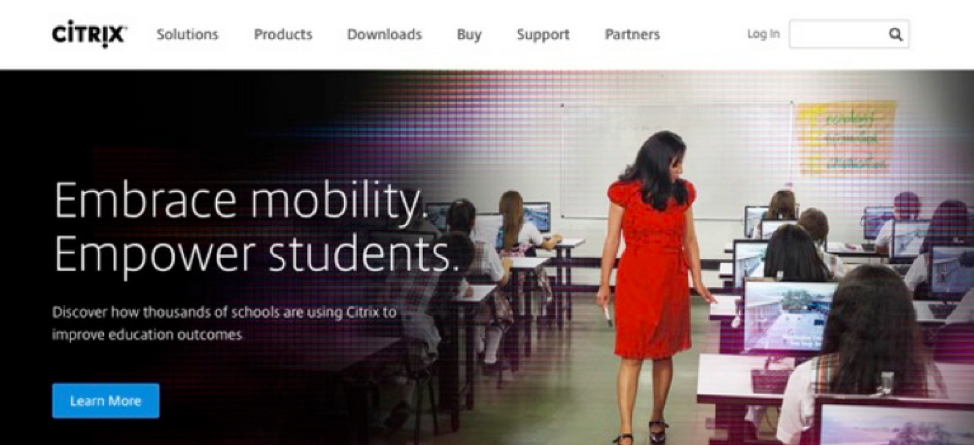
Citrix saw its bounce rate drop by 7% after they started using content personalization segmented by vertical. CTRs grew by a massive 30%, indicating higher lead engagement and conversion potential.
Over to You
If there’s one thing all my years in marketing have taught me, it’s that there’s never just one correct answer to a problem. If you have even a little experience in SEO, you know this very well. Let me tell you that’s the same in pretty much every area of marketing.
Do you have some time tested B2B lead conversion tricks up your sleeve? I’d love to hear them in the comments!




